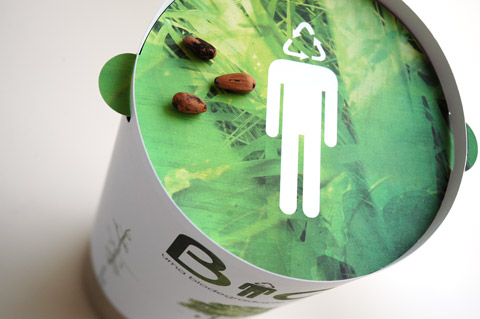Polysaccharides also known as glycan are complex carbohydrates that are formed from the bonding together of molecules of monosaccharide. The bonding may involve molecules of just one monosaccharide. Such bonding gives rise to homopolysaccharide or homoglycan. Molecules of different monosaccharides can be bonded together to give rise to heteropolysaccharides or heteroglycan. Starch or glycogen is a typical example of homopolysaccharides while glycolipids and glycoproteins are examples of heteropolysaccharides. Glycolipids are formed from the combination of glycan and lipids while glycoproteins are formed from the combination of glycan and proteins.
It has been discovered that naturally occurring polysaccharides can be used in biomedical processes. For example, chitosan can be used as a culture for bone cells and skin graft. There are many ways in which polysaccharides can be applied in biomedical field. Below are some of the biomedical applications of polysaccharides.

Production of biodegradable plastics
In the world today there is a great emphasis on the need for people to be using biodegradable material as a solution to the problem of waste management and also to help save the atmosphere from effect of waste. In order to address the above, there is the application of quite a good number of polysaccharides in the production of plastics. They are used as fillers and additives in the production of plastics in order to make them degradable; thus making the compost material to be more degradable.
The use of polysaccharides in the production of plastics can be of great economic importance also. It helps in improving the quality of waste thereby making waste management easier for the composters. The agro related industries will also benefit from such application. Definitely, polysaccharides used in such process are gotten from plants. So, the producers of these agro materials will benefit a lot from the sales of their produce to the industries that apply polysaccharides for the production of their products.
In recent time, hybrid technologies through which cellulose materials are processed have been discovered. Cellulose is a polysaccharide that is strongly bonded together. The nature of the bond that exists in cellulose has led to the application of toxic and harsh conditions in order to solubilize it. There is a new biotechnological method introduced in order to dissolve cellulose easily in alkali.
The use of this method in combination of radiation technology has some economic benefit to offer the industries that are employing it and also the agro-based industries that are producing the cellulose.
Cellulose can be employed in the manufacturing of products such as fibres, fibroids, films and others as raw material. Cellulosic waste can now be converted to useful material thanks to the emerging hybrid technology.
Polysaccharides like chitosan can also be used in waste water engineering as flocculants and adsorbents thanks to their complex forming ability and their ability to interact with surfaces that are negatively charged.